Ha gate wharf (Cam Thuy).
When visiting Cam Thuy district to visit historical and cultural relics, tourists cannot miss the Dragon Pagoda (also known as Long Son Tu) in Van village, Cam Thach commune. For a long time, the Dragon Pagoda has been a spiritual tourist destination that attracts a large number of people and tourists to visit and sightsee. The pagoda is located in a large cave, from the ground to the pagoda, visitors go through stone steps. In the pagoda, there are pedestals with Buddha statues on them. This is a primitive cave pagoda, still with a stone roof. According to recorded documents, the Dragon Pagoda is a relic related to the Lam Son insurgents in the resistance war against the invading Ming army in the 15th century, and is one of the places where troops are stationed, trained and stored food for soldiers.
During the uprising against the invading Ming army, when Le Loi went to the North, passing through Cam Thuy district, he saw the scenery in Van village, Cam Thach commune with mountains shaped like flying dragons, so he ordered his troops to set up camp and recruit more soldiers. Then he built Dragon Pagoda at the foot of Dragon Mountain, because he saw the mountain shaped like a flying dragon. Currently, on Dragon Mountain there is still a blacksmith cave and a buffalo cave. In addition, Dragon Pagoda still preserves two "fairy wells" that are full of clear water all year round, so the villagers often call them "child-seeking" wells and "wealth-seeking" wells. When coming to Dragon Pagoda, visitors can go deep inside the pagoda to visit Fairy Cave with rock fields shaped like corn fields, potatoes, rice mills, and snow mountains. Above Fairy Cave are two peaches made of white stone and colorful stalactites that are very eye-catching. With beautiful natural scenery and cultural and historical values, Dragon Pagoda was ranked as a provincial-level historical-cultural relic in 1992.
Every year, to show gratitude to the Lam Son insurgents, on the full moon day of the first lunar month, the people of Van village often hold the Dragon Pagoda festival. The festival attracts a large number of people and tourists to come and participate in cultural and sports activities such as volleyball, football, chess, tug of war, throwing con, cotton tree dancing, gong beating, crossbow shooting...
In addition to Dragon Pagoda, Cua Ha Wharf in Phong Son town is also a famous place that many tourists visit. According to historical records, Cua Ha Wharf was established in the mid-19th century to collect taxes on boats transporting forest products from the mountains to the lowlands, or transporting goods from the lowlands to the mountains by waterway on the Ma River.
Cua Ha Wharf is endowed by nature with a beautiful landscape, with a high rocky mountain range, with undulating cliffs reflecting on the Ma River. Along the foot of the mountain on the right bank there is a rocky cliff jutting out from the river surface, relatively flat, this place has long been praised by literati and writers for its truly magnificent beauty. With its historical, scientific and cultural values, in 2015 Cua Ha Wharf was ranked as a provincial historical - cultural relic.
With the goal of turning tourism into a key economic sector by 2025, Cam Thuy district has proposed many solutions to unleash its potential and advantages to create momentum for tourism development. Cua Ha wharf is also one of the locations that will be invested in and included in the connecting tour from Cua Ha wharf - Cam Luong fish stream (Cam Luong commune) - Dragon pagoda (Cam Thach commune) and Ngoc Chau pagoda (Phong Son town)...
According to statistics, in Cam Thuy district, there are currently 13 ranked historical and cultural relics. Among them, many famous relics are becoming attractive tourist destinations such as Cam Luong Scenic Area (including Ngoc Stream Temple and Fish Pond, Dang Cave and Tang Cave on Truong Sinh Mountain); Vong Pagoda; En Village Communal House... In recent times, in order for the relics in the district to increasingly promote their value in promoting tourism development, the district has actively carried out inventory work, allocated resources and called for socialization to restore, embellish and promote the value of the relics; at the same time, strengthening State management in the restoration and embellishment of relics.
Along with that, actively open training courses to improve the capacity of grassroots cultural staff in relic management; strengthen the implementation of digitization of the relic system; promote the role of the subject and creative capacity of the community in propagating, introducing, promoting and promoting the value of relics... Thanks to that, relics in the district have become places to educate traditions for people, especially the young, and are tourist attractions.
Article and photos: Nguyen Dat
Source: https://baothanhhoa.vn/cam-thuy-phat-huy-gia-tri-di-tich-nbsp-gan-voi-phat-trien-du-lich-252280.htm


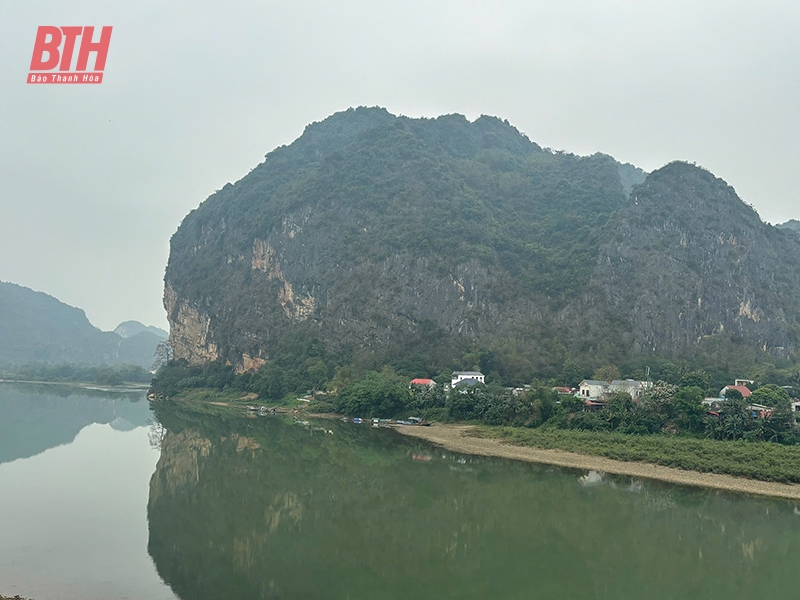






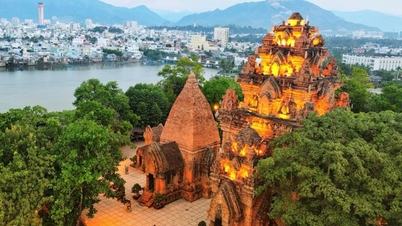

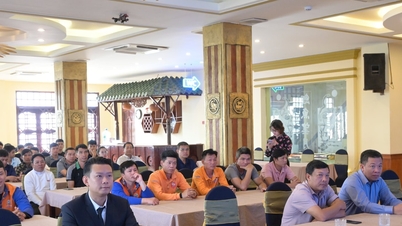

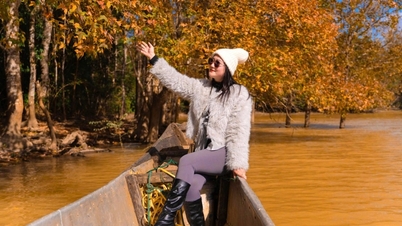

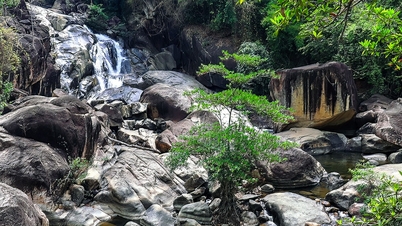
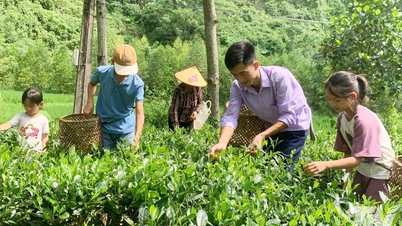

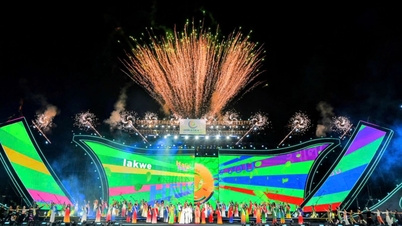

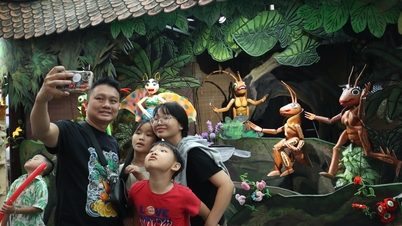



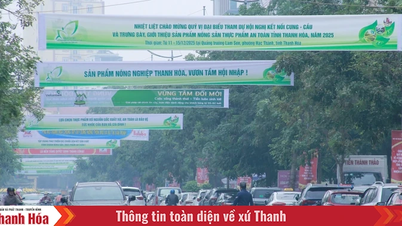
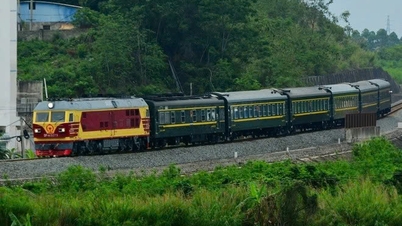



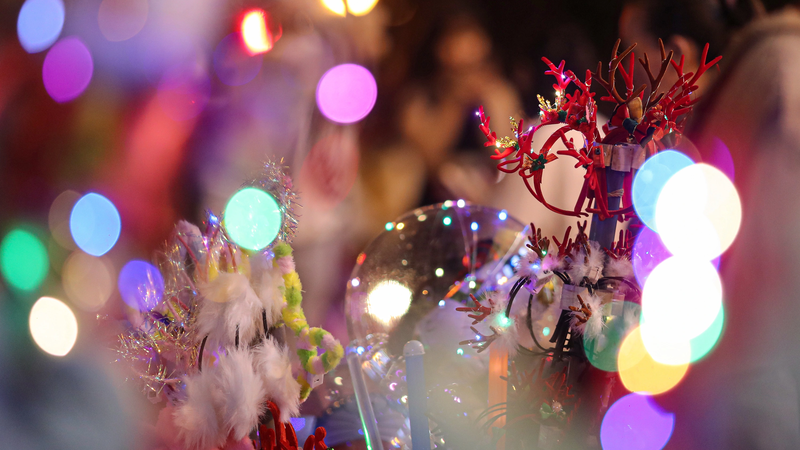
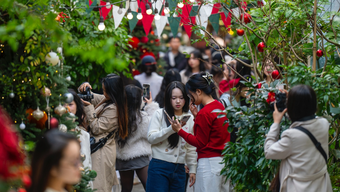


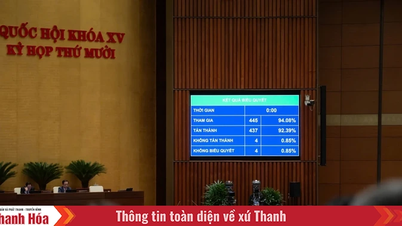



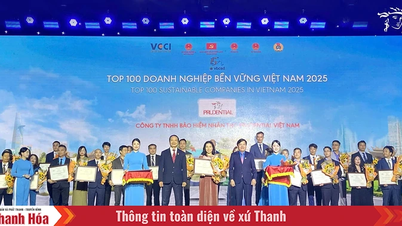
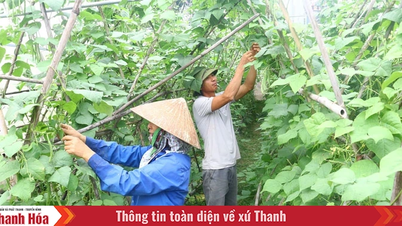





![[Video] The craft of making Dong Ho folk paintings has been inscribed by UNESCO on the List of Crafts in Need of Urgent Safeguarding.](https://vphoto.vietnam.vn/thumb/402x226/vietnam/resource/IMAGE/2025/12/10/1765350246533_tranh-dong-ho-734-jpg.webp)





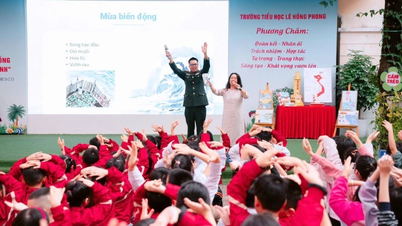






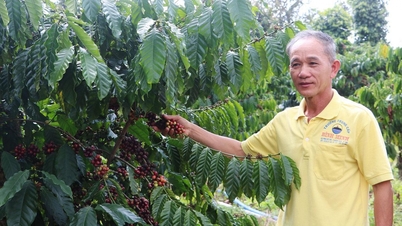

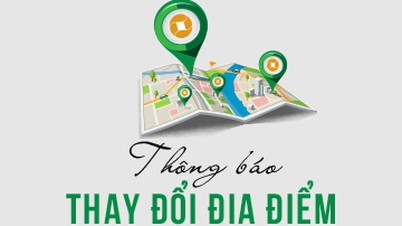
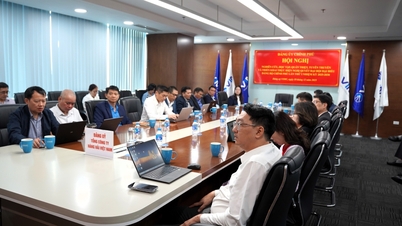





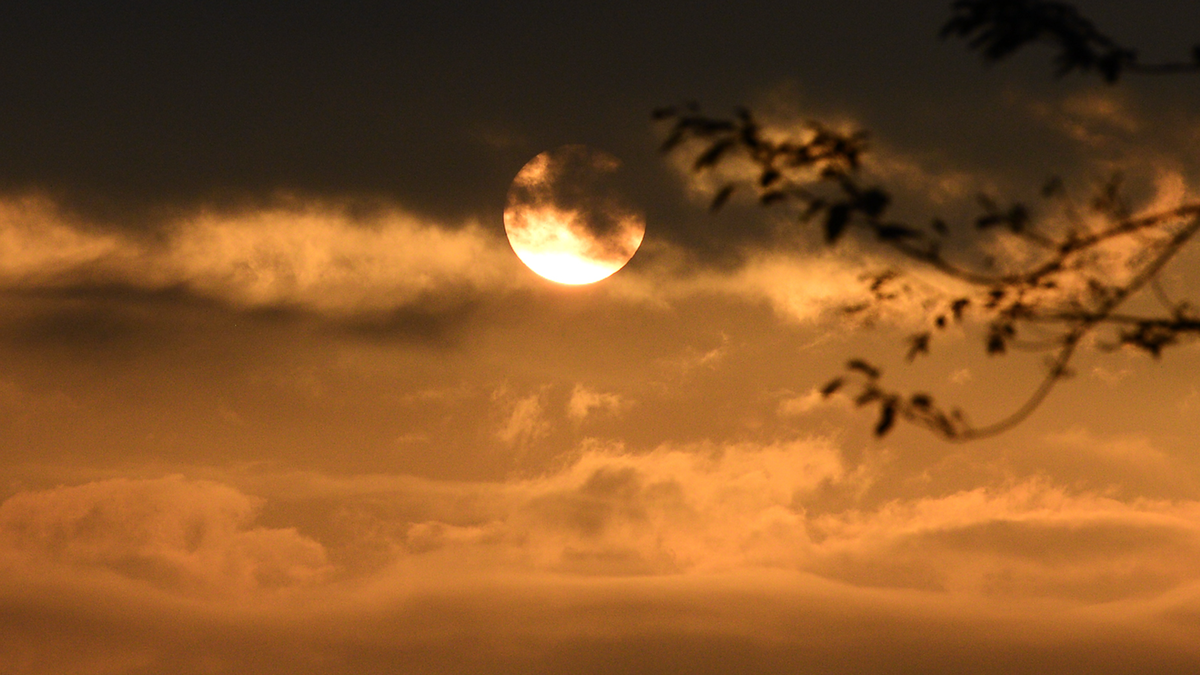
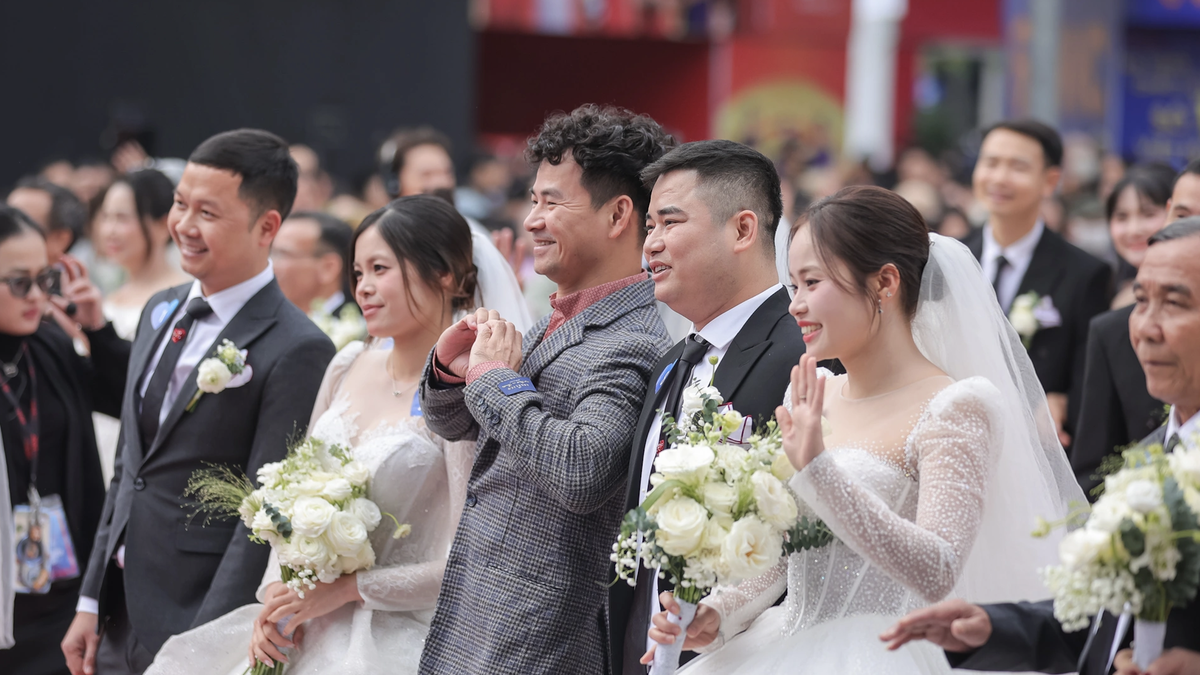
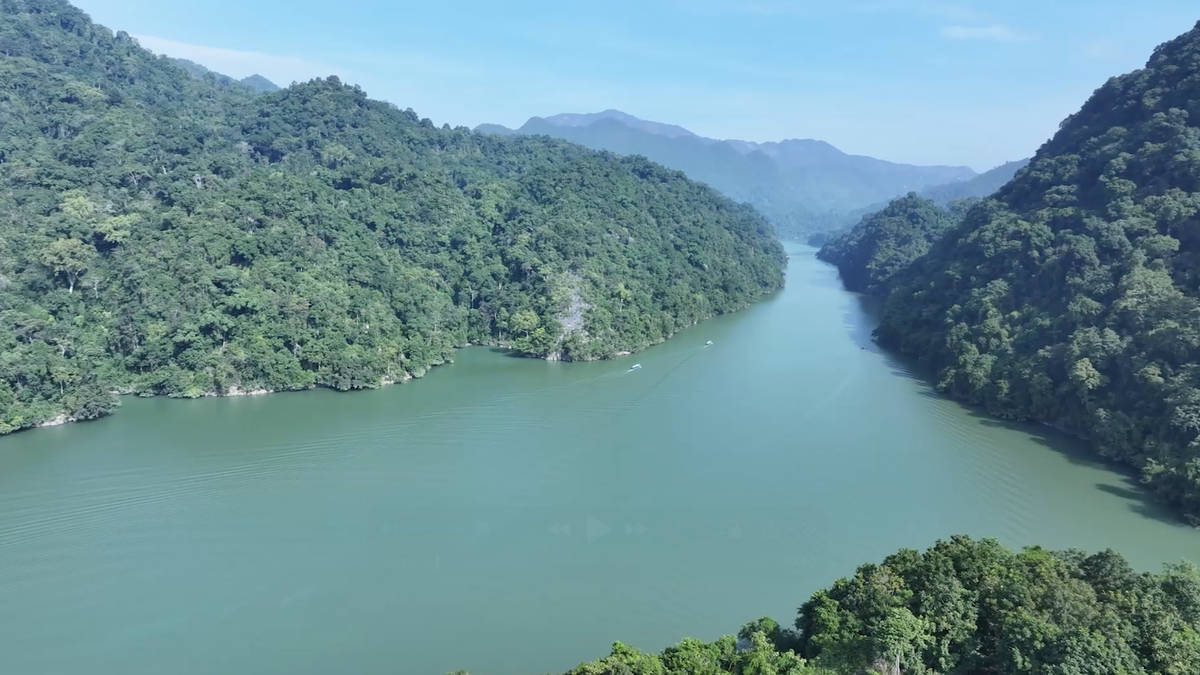





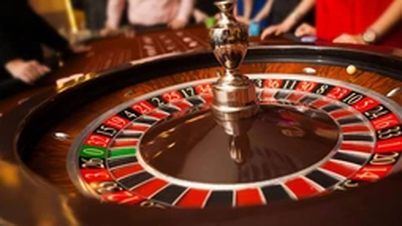



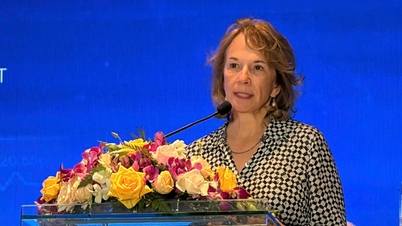
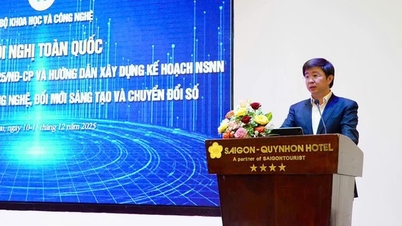

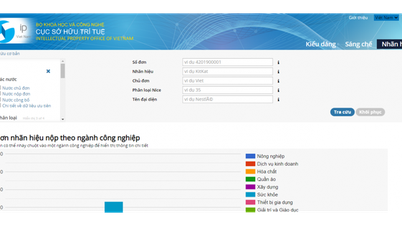
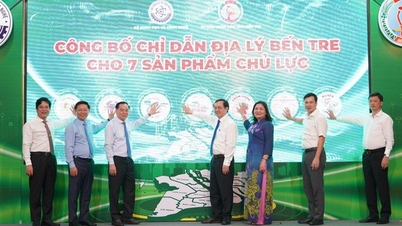
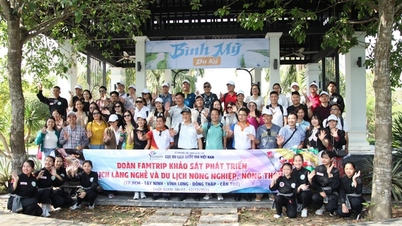

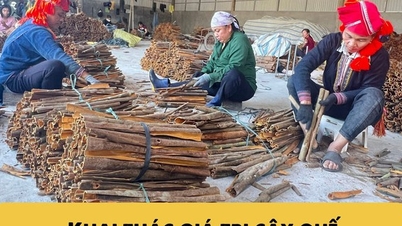


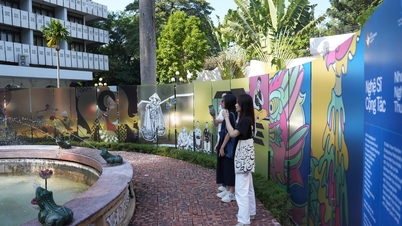
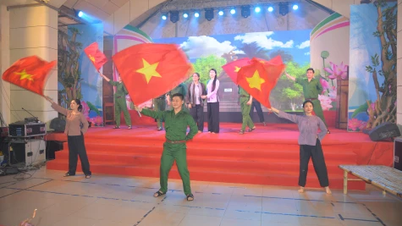

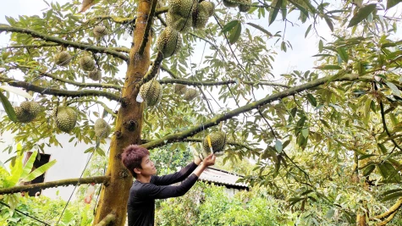
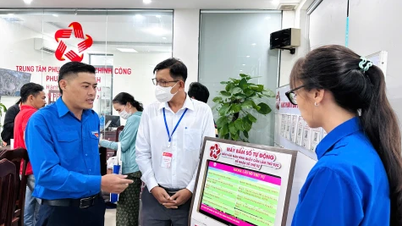
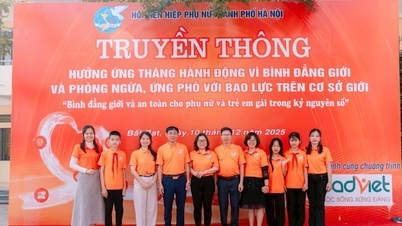

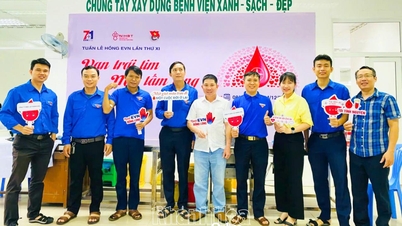












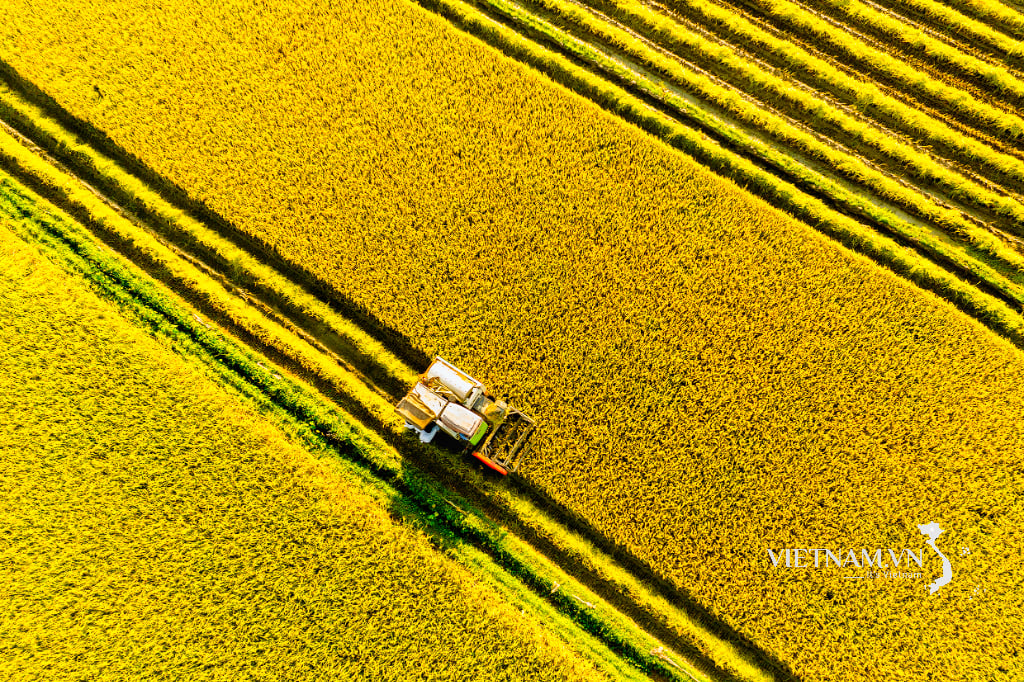





Comment (0)